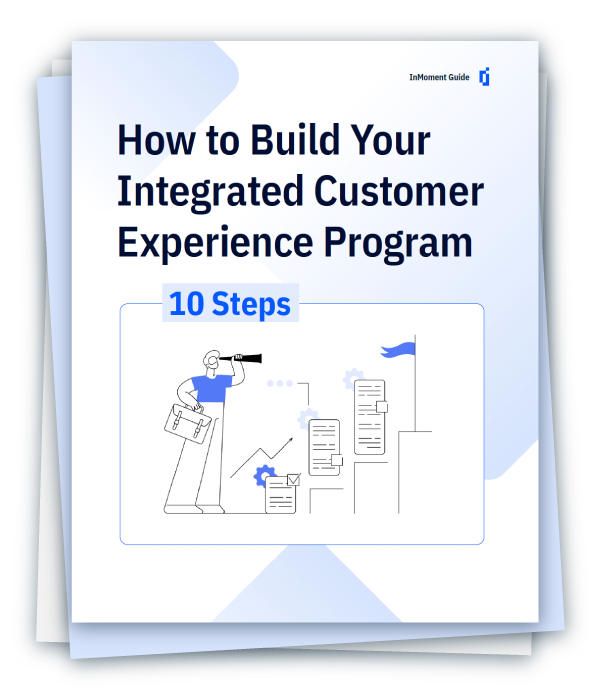Optimizing Employee Insights from Structured and Unstructured Data

Power from the People
Employee insights can come from a multitude of sources like unstructured data; and, with churn at record levels (overall turnover rate is estimated at 57.3 % per year, and with Gen Z changing jobs at a rate 134% higher than in pre-pandemic 2019)—and the cultural, operational, and customer value discontinuity this can create—it’s essential for every company to have, and apply, every piece of relevant data.
Information from employees gives businesses power and can be leveraged to enhance customer experience, resulting in higher retention, more positive customer behavior, and stronger business outcomes.
Workforce Analytics and Voice of Employee
Employee data streams come from two principal frameworks: People Analytics and Voice of Employee (VoE). People Analytics aka Workforce Analytics, are the data sets HR uses to make recruitment more effective, increase retention and longevity, and improve fit, alignment, and productivity. The pandemic has had a profound effect on people analytics, with challenges coming from differing industries, job/role types, and locations. Today’s most successful companies can and do, utilize internal and external data to enhance workforce strategy through better planning.
Voice of Employee is a bit more complex, and given today’s talent landscape and heightened set of employee responsibilities, perhaps even more crucial. VoE programs collect, analyze, and distill employee feedback to identify areas of performance, challenge, and opportunity. These programs were largely manual until recently, which is both costly and time-inefficient. Also, when traditional people analytics tools were applied to unstructured data, the resulting text analytics were superficial, yielding little real actionability. The best and most contemporary approach for employee-generated text analytics is natural language processing, or NLP.
…Organizations that use workforce analytics have the most engaged workforces, and they thrive in tough conditions.
— Tim Ringo, Workforce Analytics Isn’t as Scary as It Sounds
Leveraging Natural Language Processing for VoE Analytics
With Natural Language Processing for VoE, organizations can gather an in-depth understanding of factors driving emotionally-based behavior and performance, resulting in clear and impactful programmatic recommendations that drive engagement, loyalty, and commitment.
- Gather: All data sources (surveys, reviews, messages, emails, chat threads, and other communication) can form a single stream
- Process: NLP analyses can be run utilizing HR language, with customized dashboards, or they can be exported to the organization’s business intelligence tool
- Analyze: Identify areas of focus and experience and emotionally-based sentiment with the power of NLP
- Act: NLP enables narratives on topics, trends, and patterns to be developed, along with root cause issues and supporting data
Figures 1&2 / Polarity data visualization from insurance company reviews
Using NLP helps businesses identify key topics, categories, themes, intentions from every document in the data stream, and detailed sentiment analysis. And, when compared to open source and traditional people analytics techniques, NLP is more efficient and requires less technical support. NLP is, as well, both highly configurable and completely secure with any infrastructure.
All employees have stories about their experiences and those of customers. NLP helps organizations hear, understand, share, and leverage those stories to make business decisions that make work life and their customers’ lives better.



